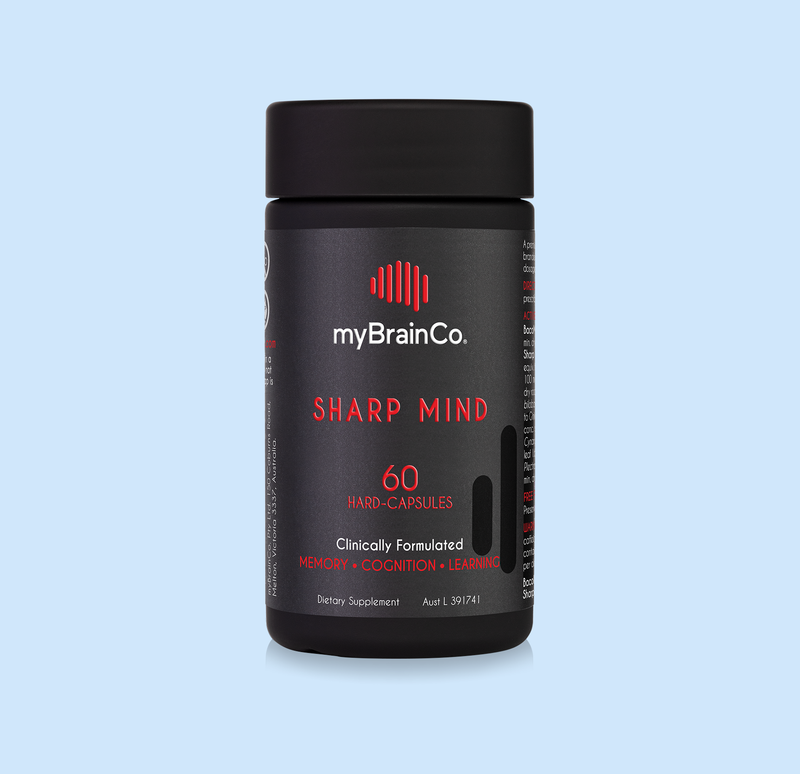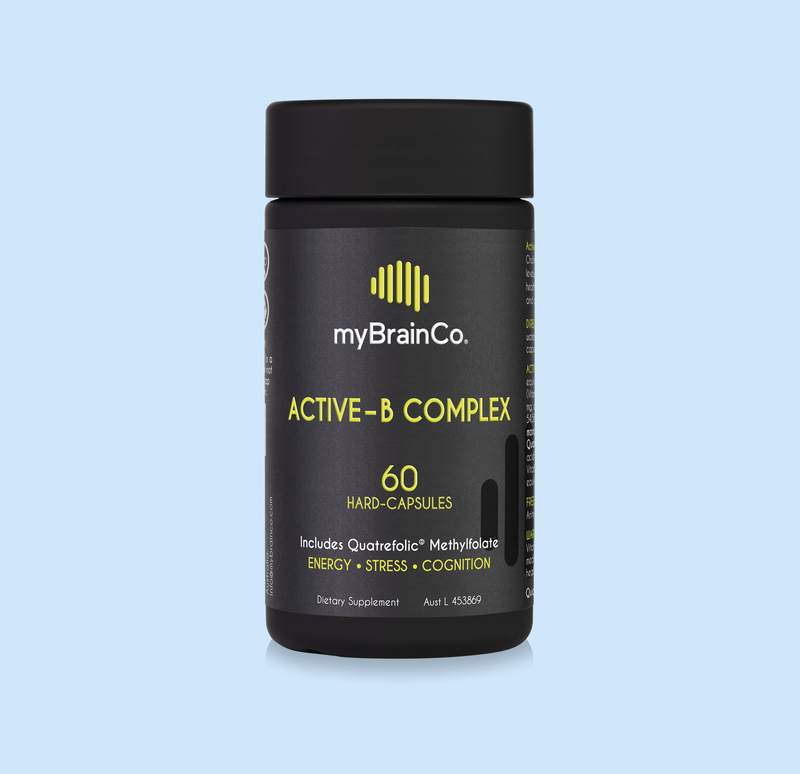Vitamin D is a fat-soluble vitamin that contributes to optimal health in a number of ways. It’s best known for its role in maintaining strong bones by directing calcium storage. However, what you may not realise is that Vitamin D is absolutely essential to a well-functioning immune system.
What is Vitamin D?
Vitamin D is known as a fat-soluble vitamin. It’s technically not a ‘true vitamin’ because the body has the capacity to self-manufacture it in our skin from sunlight exposure. We can also obtain it in low amounts from dietary sources, including cod liver oil, cheese, egg yolks, mackerel, salmon, tuna fish, and beef liver. Mushrooms, (just like humans) can also manufacture vitamin D in their flesh when exposed to sunlight.
Vitamin D comes in two primary forms;
- Vitamin D2, also knowns as ergocalciferol, can be found in some plant-based and yeast sources.
- Vitamin D3 also known as cholecalciferol can be found in animal sources, including organic butter and meats like oily fish. Vitamin D3 is also the form of vitamin D that is manufactured in our skin from sunlight exposure.
Both vitamin D2 and vitamin D3 can be found in supplements, with vitamin D3 being regarded as the more superior and biologically active form to raise vitamin D status.
The Role of Vitamin D in Immunity
Vitamin D is known to play a critical role in supporting the immune system. Uncovering that there are vitamin D receptors throughout the immune system was one of the first giveaways that vitamin D has important functions in immunity. What we know now is that vitamin D has both immunomodulatory and anti-inflammatory effects, which can help to both protect against infections and promote overall immune function. Through both direct and indirect effects on immune cells, it can support the detection and elimination of pathogens from the body.
Vitamin D supports the production and activity of various types of immune cells. For example, vitamin D has been shown to enhance the production of antimicrobial peptides, which are molecules that can help to destroy harmful pathogens such as bacteria and viruses. These peptides are produced by cells such as neutrophils, monocytes, and macrophages, which are all important components of our immune system. Vitamin D can also stimulate the production of T cells, another type of immune cell that plays a critical, first-line role in how we fight infections.
Vitamin D can also help to regulate our immune responses. Vitamin D has anti-inflammatory actions, which can help to modulate the severity of inflammation that occurs in response to an infection. Whilst inflammation is a natural part of how the body responds to an infection, we want it to occur in a controlled way. This is because excessive inflammation can cause tissue damage and trigger more systemic inflammatory problems. Vitamin D’s unique ability to help modulate inflammation may help provide protective benefits and reduce some of the secondary risks associated with infections.
Vitamin D Deficiency and Immune Dysfunction
Our ancestors had far more sun exposure than we tend to get in current modern-day life. Many of our grandparents and great-grandparents would have worked in outdoor environments, exposed to a considerable amount of sunshine on a daily basis. Whereas nowadays, most people are spending eight or more hours indoors during daylight work hours. As a result, vitamin D deficiency has become very common.
Dietary sources can’t make up for our shortfalls in sun exposure, as the vitamin D levels found in the diet are quite low in comparison. Our skin can manufacture around 10,000IU of vitamin D in just 20mins of summer UVB sunshine. Whereas you might only get 100-200 IU from a single meal.
When it comes to making our own vitamin D, something that’s important to know is that there are two types of ultraviolet (UV) light, UVA and UVB. UVA is commonly associated with ageing and has no health-promoting effects. UVB light is what we need for vitamin D synthesis, and ironically, it is also the type of sun exposure that will cause sunburn to the skin. UVB is at its peak between the hours of 10 am and 2 pm. The same times we are often told to be at our most ‘sun safe’ using UVB-blocking sunscreen or clothing. Some researchers believe this has played a contributing role in the rise of vitamin D deficiency.
Multiple studies have suggested that vitamin D deficiency may increase the risk of infections and reduce overall immune function. It is now widely accepted that being deficient in vitamin D compromises immunity. Low vitamin D can make us more vulnerable to upper respiratory infections (such as influenza) and increase the risk of immune dysfunction, such as many autoimmune conditions.
How Do We Check Vitamin D Levels?
In Australia, vitamin D can be tested by your GP. However, it’s important to understand that they do have strict criteria for testing. Private vitamin D testing at your own expense is another possibility if you don’t meet medical criteria for subsidised testing but would like to check your levels.
Tests look for 25(OH)D (25-hydroxy vitamin D), which is the level of vitamin D found in your blood. Levels of less than 50 nmol/L are said to be insufficient. The time of year of your testing is also relevant. Your vitamin D should be at its highest in mid-summer (if you’ve had regular sun exposure), so if your levels are low in mid-summer, it means you’ll be deficient as you head into winter when you need your levels to be at their best to support your immunity.
How To Boost Vitamin D
Sun exposure is the most obvious and effective way to get a boosted dose of vitamin D.
However, there are a number of functional barriers to effective vitamin D production in our skin.
- Wearing make-up, moisturisers, creams, and sunscreen places a barrier over the skin and will impair the penetration of UVB light to produce vitamin D in your skin. Being mindful of getting 20-30mins of safe sun exposure free of barriers can benefit vitamin D status.
- The amount of melanin in skin influences your vitamin D manufacturing efficiency. Darker skin tones are less efficient at converting vitamin D than someone with a fairer complexion. This is again due to the light being able to penetrate to the layers of your skin adequately.
- There are also a number of genes that can down-regulate your ability to effectively manufacture and absorb vitamin D, making you more susceptible to deficiency. The most common being CYP27B1.
- Being overweight or obese is also associated with between 25-35% lower vitamin D levels than non-overweight persons. The exact mechanisms aren’t fully understood, but some evidence suggests that being a fat-soluble vitamin, vitamin D becomes trapped in fatty tissues, lowering available blood vitamin D levels.
Not everyone can be outside for sun exposure between 10 am and 2 pm, but if you can take your lunch break outside, this can certainly give you a daily sunlight boost.
Knowing how important vitamin D is, many people now turn to supplementation to top up their levels. A daily dose of 1000 IU is all that is needed to gently support vitamin D levels. The body uses vitamin D for so many important functions it is rapidly used, so 1000 IU per day is considered a safe daily dosage for adults and wouldn’t be expected to lead to dangerously high levels. Always discuss any plans to change your supplement regime with a healthcare professional, particularly if you’re on any prescribed medication.
.
.
.
.
.
References
Martens PJ, et al. Vitamin D’s Effect on Immune Function. Nutrients. 2020 Apr 28;12(5):1248.
Mostafa WZ, et al. Vitamin D and the skin: Focus on a complex relationship: A review. J Adv Res 2015 Nov;6(6):793-804.
Aranow C. Vitamin D and the immune system. J Investig Med. 2011 Aug;59(6):881-6.
Hurst EA, et al. Vitamin D insufficiency in COVID-19 and influenza A, and critical illness survivors: a cross-sectional study. BMJ Open. 2021 Oct 22;11(10):e055435.
Zhu Z, et al. Association Between Vitamin D and Influenza: Meta-Analysis and Systematic Review of Randomized Controlled Trials. Front Nutr. 2022 Jan 7;8:799709.
Lukaszuk JM, et al. 25(OH)D status: Effect of D3 supplement. Obes Sci Pract. 2017 Mar;3(1):99-105. doi: 10.1002/osp4.85. Epub 2017 Jan 10.
Ulrike Lehmann, et al. Bioavailability of Vitamin D2 and D3 in Healthy Volunteers, a Randomized Placebo-Controlled Trial. The Journal of Clinical Endocrinology & Metabolism 2013 Nov; 98(11):4339–4345.



